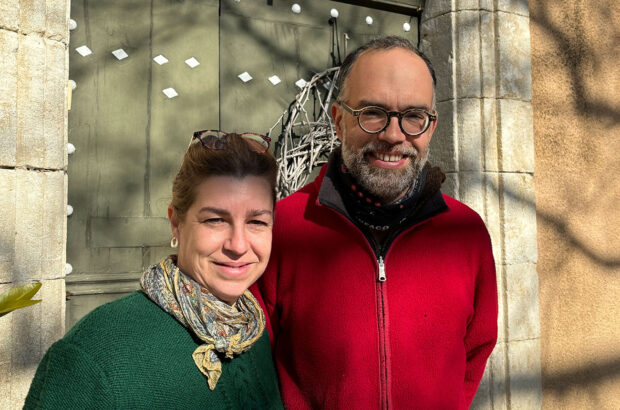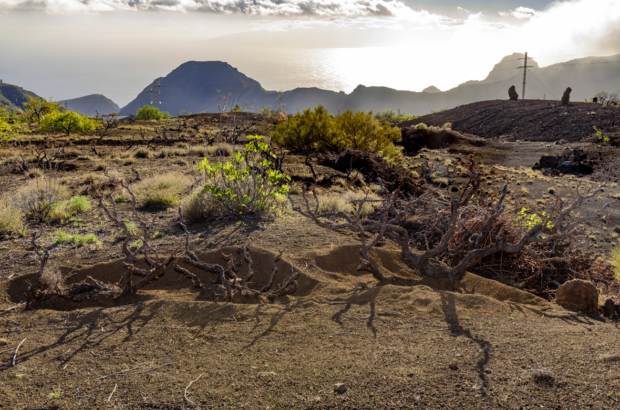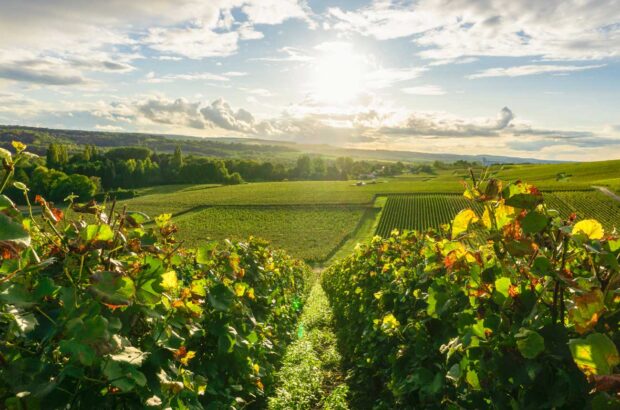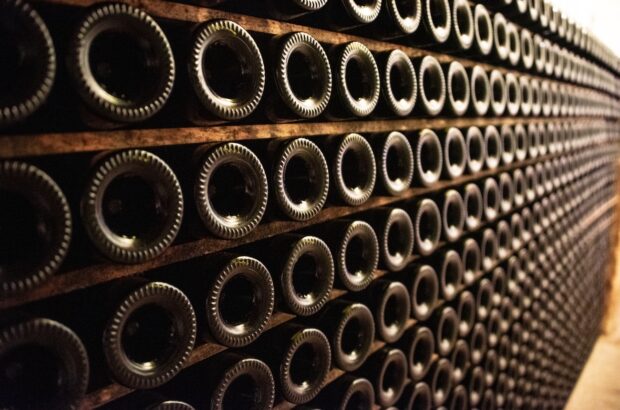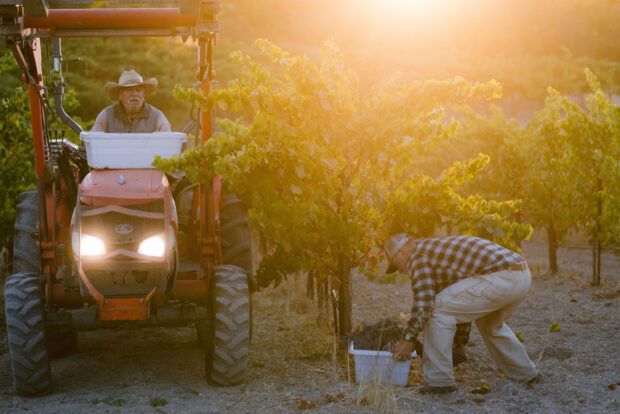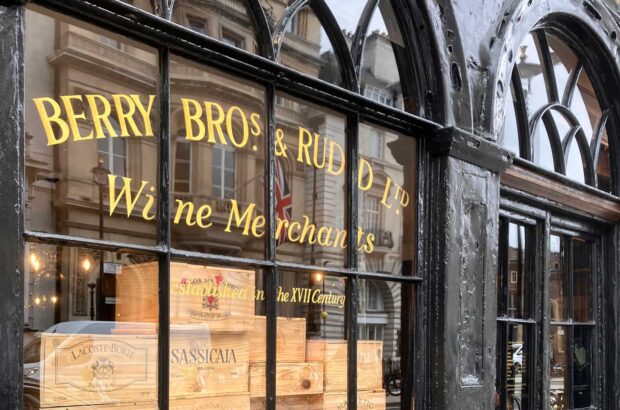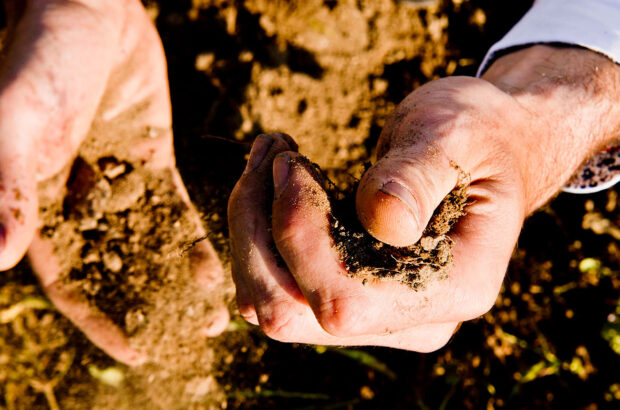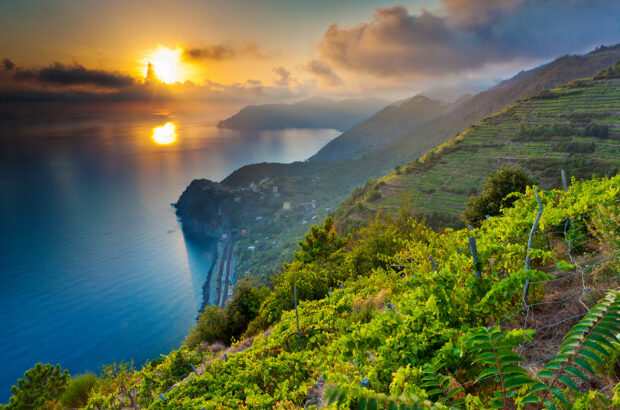This key appellation offers wine lovers an approachable taste of Burgundian Pinot Noir at an affordable price. But there is variation in style and quality, says Andy Howard MW
Increasing demand and global interest, plus reduced yields in 2012/13, mean that prices of the best Burgundies have continued their upward momentum. Interest in top domaines and the most prestigious grand and premier cru sites show no signs of abating and the recent acquisition by LVMH of Clos des Lambrays (see our profile, next month) sounds warning bells as to what the future might bring. Against this backdrop, lowly Bourgogne Rouge can be overlooked as a source of reliable, aromatic and elegantly structured Pinot Noir yet with less of the hype or cost. In the right hands, Bourgogne Rouge can be a source of delightful, refined and characterful wines. This is particularly true in the better vintages and, although it doesn’t live up to the heights of the contrasting 2009 and 2010 vintages, 2012 produced many fine wines.
Formed in 1937 as the base of the four-tiered quality hierarchy of the Bourgogne AC, 23 regional classifications were established. These generic Burgundy appellations account for 51% of the region’s total production, with Bourgogne Rouge the largest and most significant for reds. Bourgogne Rouge can be made from wine produced in 299 communes stretching north-south from Yonne to Saône-etLoire. Given that the appellation allows for the blending of wines from across diverse climactic and terroir-specific areas, it is unsurprising that a distinctive style for Bourgogne can be difficult to pinpoint. Grapes for Bourgogne Rouge tend to be cultivated on the lower, flatter and less-favoured slopes beneath the grander village and premier cru sites and are often derived from younger vines. In some cases, the different designation between premier cru and generic appellation can be as little as the width of a road.
Benchmark Bourgogne Rouge
Another reason for the variety is that producers range from large (quality-oriented) cooperatives, and négociants drawing from sources across the region, to individual domaines. Bourgogne Rouge from a good domaine can be compared to second wines in Bordeaux – the wine often displays much of the style and character of the grander wines but in an approachable, more cost effective package. Bourgogne Rouge should show some of the same qualities which abound in the finer wines of the region – a perfume of vibrant red fruits allied with intriguing forest floor and spicy notes. The palate should provide further complexities with the juxtaposition of crunchy red fruits, subtle oak, fresh acidity and the trademark silky Pinot tannins.
For many years, Bourgogne Rouge did not do justice to Burgundian Pinot Noir, with sub-optimal practices resulting in wines that at times were lean, dilute and acidic, or showed overextraction and green tannins. Recent changes to the regional appellations have given Bourgogne Rouge the chance to establish itself as Burgundy’s equivalent to cru bourgeois Bordeaux. It is down to producers at all levels to present the fickle attributes of Pinot Noir in an approachable, affordable package. What may prove harder will be the layering of terroir attributes – ultimately this may require further remapping of the appellation.
Bourgogne Rouge: know your vintages
- 2013 A late spring was followed by a fine summer, giving classic wines that balance fruit and freshness. Drinking earlier than the best 2012s. Drink or keep.
- 2012 High quality despite a cool, wet summer and hail damage leading to a small yields. Wines show good acidity, purity and elegant tannins – a benchmark Côte de Nuits vintage. Drink or keep.
- 2011 Overshadowed by 2010 and 2009. Rot was a constant challenge. Surprisingly good quality with attractive, fruit-driven wines. Drink.
- 2010 Exceptional quality across the region. Wines at all levels have purity, acidity and verve. Lower yields than in 2009 gave concentrated, structured wines with the ability to age. Drink or keep.
- 2009 Less typical than many vintages of red Burgundy. Fine weather during the growing season resulted in wines of high quality with plump fruit and lower acidity, although some terroir characters were more subdued. Drink.
- 2008 Fine weather in September rescued the harvest. Reduced yields and hard work in the vineyards led to some delicious wines with bright red berry fruit character and vibrant acidity. Drink
This key appellation offers wine lovers an approachable taste of Burgundian Pinot Noir at an affordable price. See the top 28 wines as rated by our expert judges here…



